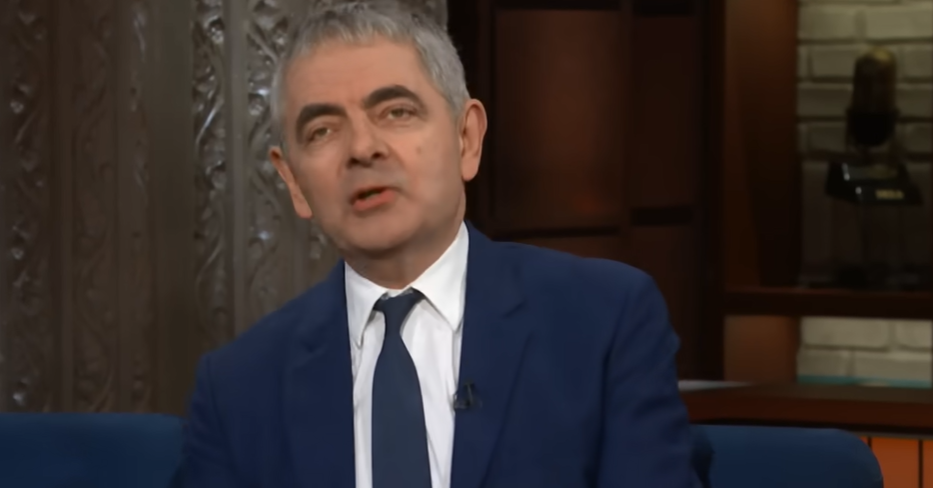The name Rowan Atkinson frequently conjures up chuckles, memorable pauses, and a distinct rhythm of humor. However, recent discussions about the well-liked actor have veered away from his on-screen persona and toward his private life, particularly his relationship with actress Louise Ford. In addition to Atkinson’s notoriety, the relationship’s timing, beginnings, and emotional fallout have generated continued interest in the pair.
Atkinson shocked many by making public appearances with Ford, an actress who was almost three decades his junior, after ending a 24-year marriage with makeup artist Sunetra Sastry. According to reports, the two started dating in 2013 while they were both acting in the play Quartermaine’s Terms. For some, especially those close to him, it wasn’t as well received; for others, it felt like a plot twist taken directly out of a romantic comedy.
Rowan Atkinson – Personal and Professional Snapshot
| Field | Detail |
|---|---|
| Full Name | Rowan Sebastian Atkinson |
| Birth Year | 1955 |
| Age | 69 (as of 2025) |
| Current Partner | Louise Ford |
| Previous Spouse | Sunetra Sastry (married 1990–2015) |
| Children | Lily Atkinson (now Lily Sastry), Benjamin Atkinson, and one with Ford |
| Known For | Mr. Bean, Blackadder, Johnny English |
| Relationship Origin | Met Ford during Quartermaine’s Terms (2013) |
| Public Controversy | Relationship overlap with James Acaster and family disapproval |
| Reference | Wikipedia – Louise Ford |
Lily, Atkinson’s daughter, was a harsh critic in the beginning of their relationship. The speed at which her father moved on caught her off guard. She separated herself from the Atkinson family by taking on her mother’s last name in a very personal decision. The choice represented a generation navigating familial disintegration while growing up in the spotlight and went beyond a simple name choice.
At the same time, Ford’s ex-partner, comedian James Acaster, caused controversy regarding the relationship’s timeline. Later, Acaster disclosed that tabloid headlines were how he found out about their split and her new relationship with Atkinson. Even though it was painful, his response was conveyed with his trademark humor: “I got left for Mr. Bean,” he joked, making heartbreak into a joke that went viral.

For Ford, entering a relationship with Rowan Atkinson meant becoming well-known throughout the world and dealing with its challenges. Her relationship with Atkinson has sometimes overshadowed her career, which has been distinguished by witty performances in British comedies like The Windsors. Many women who are paired with more established partners have experienced this paradox: juggling their creative identities with increasing public scrutiny.
Keeping a low profile has allowed the couple to move through this area with a surprising level of control. They prefer regular outings over frequent media appearances and are rarely spotted on red carpets—a pattern that has proven remarkably successful in preserving a sense of normalcy. Their choice to live mostly offline feels especially refreshing in a time when digital oversharing is the norm.
Age-gap relationships have come under increased scrutiny in the last ten years due to changing social expectations. But spectacle and theatrics are not the foundation of Atkinson and Ford’s collaboration. It quietly persists because of common creative circles and maybe a shared comprehension of what it’s like to be in the spotlight.
This is an evolution of image rather than merely a love story. The private man behind Atkinson’s comedic persona, which is based on exaggerated awkwardness and purposeful silence, has frequently been hidden. Even though it was presented modestly, his relationship with Ford has revealed a more expressive side of himself. This action has significantly increased public interest in his personal decisions without seriously jeopardizing his privacy.
This change has a generational undertone as well. Audiences today typically anticipate emotional openness and moral responsibility from public personalities. Both praise and criticism have been leveled at Atkinson’s relationship, especially in light of the impact it had on his kids and Ford’s ex-partner. However, in contrast to many celebrity romances, this one has just continued despite criticism.
As he approaches 70, Atkinson is no longer striving for the height of his cinematic career. He seems more concerned with protecting what he has created, such as his family, legacy, and privacy. It appears that Louise Ford enhances rather than contradicts that stage. Despite their quiet durability, their relationship says a lot about emotional alignment in later life. Atkinson has also stepped into a cultural conversation about what love, reputation, and resiliency in the entertainment industry look like by establishing a life with Ford. Their bond, which began on a theater stage and has persisted through changes in real life, is reminiscent of how interpersonal relationships change over time—sometimes drastically, sometimes unexpectedly, but frequently in a meaningful way.
Although their union hasn’t had a profound effect on society, it is telling. It demonstrates how generational conflicts, public expectations, and media scrutiny can all interact with personal reinvention, especially later in life. However, it also demonstrates that public personalities are still able to make very personal decisions without completely compromising their public persona.
Louise Ford and Rowan Atkinson have refused to be a spectacle. Their subtly defiant behavior feels especially novel in a culture where excessive sharing is the norm. They have shown that discreet relationships formed in the midst of emotional baggage and personal turmoil can still last, particularly when they are based on respect for one another and cautious privacy protection.


